How Much Does a 10,000 Sq Ft Steel Warehouse Cost?
Is your company quickly growing and you need additional square footage? Here is the warehouse cost of building a new, 10,000 square foot facility.
If you’ve been thinking about building a new warehouse, you’ve probably considered metal-framed construction.
Worldwide demand for steel is predicted to more than double in the next 40 years. Its versatility, functionality, and affordability are simply hard to beat. Discover metal warehouse cost and durability here.
Basic Metal Warehouse Costs
The is no single universal price point when it comes to building a 10,000 sq. ft. metal warehouse. Too many factors play a role in determining the final price. Chief among these are:
- Location
- Size
- Freight
- Accessories
- Local codes
- Excavation or other site preparation
- Building style
- Construction type
- Utility hookups
- Special considerations or protections against extreme weather
There are general pricing ranges companies can use as guides. On average, steel warehouses cost between $7.61 and $10.25 per square foot.
More specifically,
- Prefabricated building kits cost $7.50 to $8.50 per square foot
- Rigid-frame steel buildings cost $11 to $20 per square foot
- Building packages including construction can cost $16 to $20 per square foot
- Finished buildings start around $20 per square foot and can go as high as $40 per square foot where heavy customization is involved
National Average Cost of 10,000 Square Foot Steel Building
| Steel Building Type | Size | Low End $ | High End $ |
|---|---|---|---|
| Agricultural Steel Building | 10,000 Sq. Ft. | $185,000 | $275,500 |
| Airplane Hangers | 10,000 Sq. Ft. | $188,400 | $260,000 |
| Garage and Workshops | 10,000 Sq. Ft. | $190,000 | $277,000 |
| Warehouse and Storage | 10,000 Sq. Ft. | $193,500 | $273,000 |
| Commercial Center Metal Buildings | 10,000 Sq. Ft. | 195,000 | $280,000 |
| *Price vary | |||
Impacts on the Cost of a 10,000 Square Foot Metal Building and Its Common Uses
When it comes to constructing a 10,000 square foot metal building, several factors can impact the overall cost. These buildings are versatile and can be used for various purposes. Here, we will explore the factors influencing the cost of a metal building and its common uses.
Factors Impacting the Cost of a 10,000 Square Foot Metal Building
- Material Prices: The cost of steel or other metals used in the construction can fluctuate depending on global demand and supply. These fluctuations can significantly impact the overall cost of the building.
- Location: The site of the construction project can influence the cost due to differences in local building codes, permitting requirements, and labor rates.
- Design Complexity: Custom designs or complex architectural features can increase the cost of construction by requiring additional labor and materials.
- Foundation Type: The type of foundation used for the metal building can impact the cost. Poured concrete foundations generally cost more than pier and beam or slab-on-grade foundations.
- Insulation: The type and amount of insulation used in the metal building will affect the overall cost. High-quality insulation can improve energy efficiency but may come at a higher price.
- Accessories and Finishing: The cost of accessories like doors, windows, and skylights, as well as interior and exterior finishing, will affect the overall cost of the building.
- Installation and Labor Costs: The cost of labor for assembling and erecting the metal building can vary depending on the location and the complexity of the project.
Common Uses for 10,000 Square Foot Metal Buildings
- Warehouses: Metal buildings of this size are often used as warehouses for storing inventory and materials, providing a cost-effective solution for businesses.
- Manufacturing Facilities: The open floor plan and durability of metal buildings make them ideal for housing manufacturing equipment and production lines.
- Auto Repair Shops: The ample space and structural strength of metal buildings can accommodate multiple vehicle repair bays and lifts, making them perfect for auto repair shops.
- Agricultural Storage: Farmers and ranchers can use metal buildings to store equipment, feed, and other agricultural supplies, protecting them from the elements and pests.
- Recreational Facilities: Metal buildings can be used as gymnasiums, indoor sports facilities, or community centers, providing ample space for various recreational activities.
- Retail Stores: A 10,000 square foot metal building can be designed to house a retail store, providing a cost-effective alternative to traditional brick-and-mortar buildings.
The cost of a 10,000 square foot metal building can be impacted by various factors, such as material prices, location, design complexity, foundation type, insulation, accessories and finishing, and installation and labor costs. By understanding these factors, you can make informed decisions when planning the construction of a metal building. Furthermore, the versatility of metal buildings allows them to be used for a wide range of applications, including warehouses, manufacturing facilities, auto repair shops, agricultural storage, recreational facilities, and retail stores. The adaptability and cost-effectiveness of these structures make them an attractive option for businesses and organizations seeking large, functional spaces.
Associated Costs of a 10,000 square foot steel warehouse
Companies building a warehouse can also expect certain associated costs. For example, concrete slab foundations typically cost around $6 per square foot. Framing, insulation, and basic accessories cost approximately $4 per square foot.
In total, accessories and customization costs tend to run between 15 and 20 percent of the basic cost of the building.
Total Cost
Depending upon the style of building, type of construction, and accessories you need, the total cost to build a warehouse can range from $35 to $100 per square foot. This includes an average cost of $8 to $20 per square foot plus all associated extra costs that may apply.
A 40×40 foot steel warehouse building then, for example, would cost approximately $16,000.
COMPARE QUOTESCost Trends
The cost of metal is rising. There are many reasons for this, but the trend is expected to continue for the foreseeable future. In spite of this, metal buildings remain highly cost-competitive.
Companies interested in metal buildings, however, may wish to act on their interest sooner rather than later. If these trends continue, the same metal building will cost more one or two years from now than it will this year.
Time and Money
One of the most attractive features of commercial metal buildings is the speed with which they go up. Obviously, the exact timeframe for construction will depend on many things. In general, however, metal buildings are among the fastest forms of construction available.
This offers an entire host of often under-recognized benefits.
First, companies save money by dealing with construction, contractors, inspectors, and other startup costs for only a very short time. Metal buildings get your staff back to work on your business faster.
Second, because metal warehouses go up quickly, they help you expand to meet changing demands in hurry. This can both save and make you huge amounts of money. It will also put you far ahead of your competition.
Ongoing Costs
So now you know that the initial cost to build a warehouse is highly affordable. But what about the long term? As it turns out, metal buildings are just as affordable over time as they are upfront!
Maintenance
Steel is among the most durable of building materials. Unlike concrete, it will not break down, chip, or gouge. Unlike wood, it does not warp, rot, or attract insects.
Additionally, Metal buildings require very little maintenance. They are naturally:
- Strong and resistant to most weather conditions, up to and including hurricane winds
- Resistant to rust and mildew
- Pest resistant
- Resistant to warping and cracking
- Fire resistant
All of these features make metal buildings far easier and less expensive to maintain than their wooden or synthetic counterparts.
Insurance
All of the same features that make metal buildings so easy to maintain make them inexpensive to insure. Insurance costs for metal buildings routinely fall below the costs of insuring equivalent buildings made from other materials.
This is true in all climates, as metal buildings are equally resistant to the hazards of hot and cold climates. They are unbothered by storms, water, ice, heat, wildlife, and most other common hazards. They are also typically less expensive to repair in the event that they do take damage.
COMPARE QUOTESMeeting Future Needs
Metal buildings are ideal for businesses that are growing or adapting to industry changes. Many metal warehouses can be moved outright to a new location with minimal fuss down the line should your needs change.
Similarly, most can be quickly and easily expanded or reconfigured at a low cost. This sets you up to add or alter space as your company grows.
Figuring out Your Specific Costs to Build 10,000 sq. ft. warehouses.
There are four categories of costs you need to evaluate to determine your personal cost to build a steel warehouse.
- Hard costs
- Soft costs
- Operational costs
- Financing costs
Hard Costs
Hard costs include absolute basics like material, freight, and labor. These are often among the easiest to estimate. They can fluctuate, however, depending on the time of year, market conditions and other factors.
As noted above, the cost of metal is rising, which means there has never been a better time to invest in a metal warehouse than now.
Soft Costs
Soft costs are more likely to be overlooked than hard costs, but they are essential to the planning and budgeting process. Soft costs include:
- Getting the necessary permits
- Architectural design or engineering services, where needed
- Insurance
- Taxes
Online estimate tools can help you start approximating these costs, but rarely take them all adequately into account. Soft costs are also important because experts recommend that you put 5 percent of your expected total soft cost into a contingency fund to address last-minute changes or surprises during construction.
Operational Costs
As noted above, metal buildings are extremely inexpensive to maintain compared to other buildings. However, how you outfit your building will have a direct impact on total operational costs.
For example, refrigerated buildings or buildings with advanced climate control will cost more to maintain. Evaluating these costs before building can help you choose the best design for your long-term needs.
COMPARE QUOTESFinancing Costs
If you cannot afford to pay for your building upfront, you may need to look into financing. This will likely carry some form of cost, which must be taken into account.
Getting Steel Warehouses for Less
What can you do if you know a steel warehouse building is right for you but just can’t swing the cost of a new building right now? Fortunately, if you find yourself in that position, you do have options.
First, you can look at purchasing a used warehouse. It’s true that used warehouses may not have all of the customizations that you might hope for. They are readily available, however.
They also consistently cost far less than a new steel warehouse.
Second, you can look into various financing options. In general, banks consider steel buildings to be strong investments. Most companies find they have no trouble securing financing for steel warehouse construction.
Third, consider rent to own options. Renting space tends to carry lower costs upfront than building a brand new building. With rent to own setups, you can avoid a large initial outlay but still end up with full ownership of your space over time.
Usually, in rent to own situations, the owner will give permission for the renter to modify the building to suit their needs. This can provide ideal opportunities to phase in changes as your budget allows. It can also be a good workaround for companies struggling to get traditional financing.
The Value of Getting a Human Estimator
With so many factors influencing the design and cost of steel buildings, how can you make confident decisions? The short answer is to work with a professional.
There is no substitute for getting someone who knows commercial steel buildings inside and out to help you evaluate your needs and make decisions. These experts can assist you in determining what style, size, and features will make your metal building right for your needs.
Human estimators understand all of the factors that influence warehouse prices and can provide you with better, more accurate guidance than online tools.
Get a Quote on a 10,000 Square Foot Steel Warehouse
Now that you have the basics of determining warehouse cost down, it’s time to take the next step. Let Steel Building Zone’s experts provide you with a customized quote and find out just how affordable a new warehouse can be.
COMPARE QUOTES
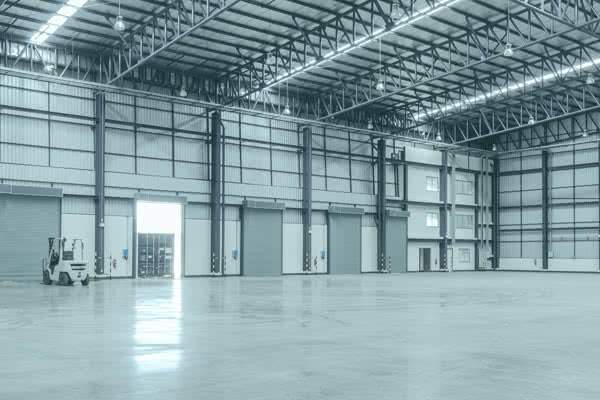
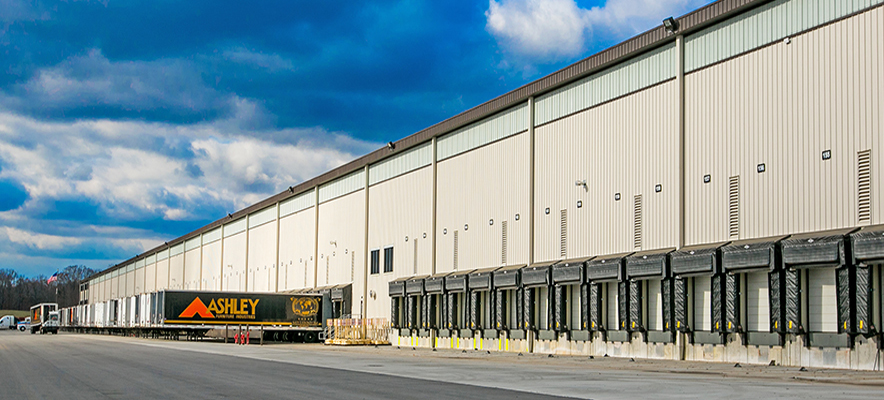
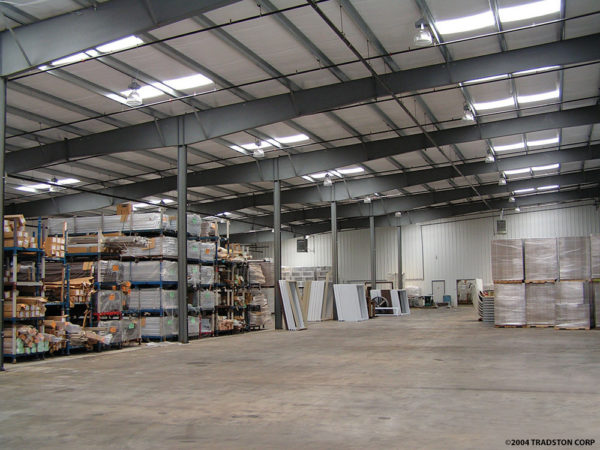
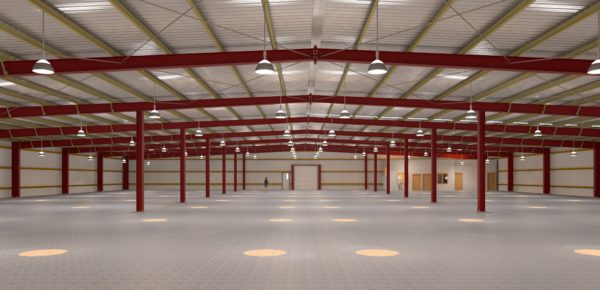
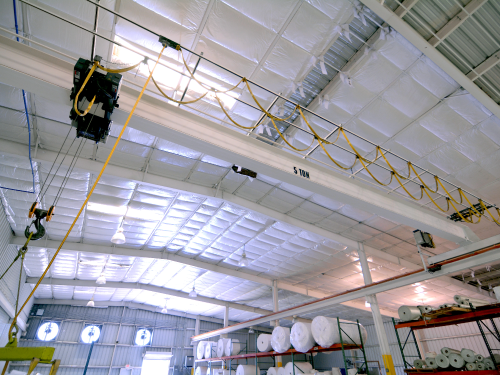
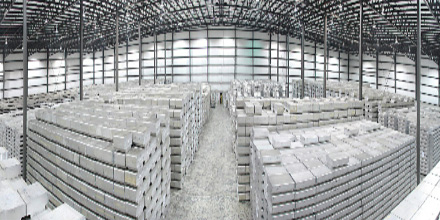
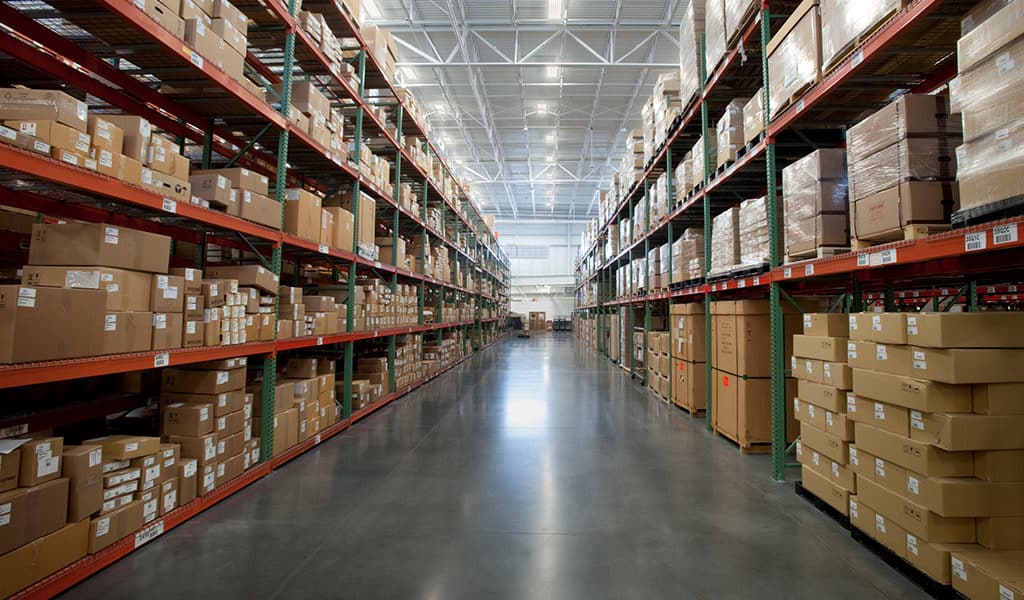
Leave a Reply